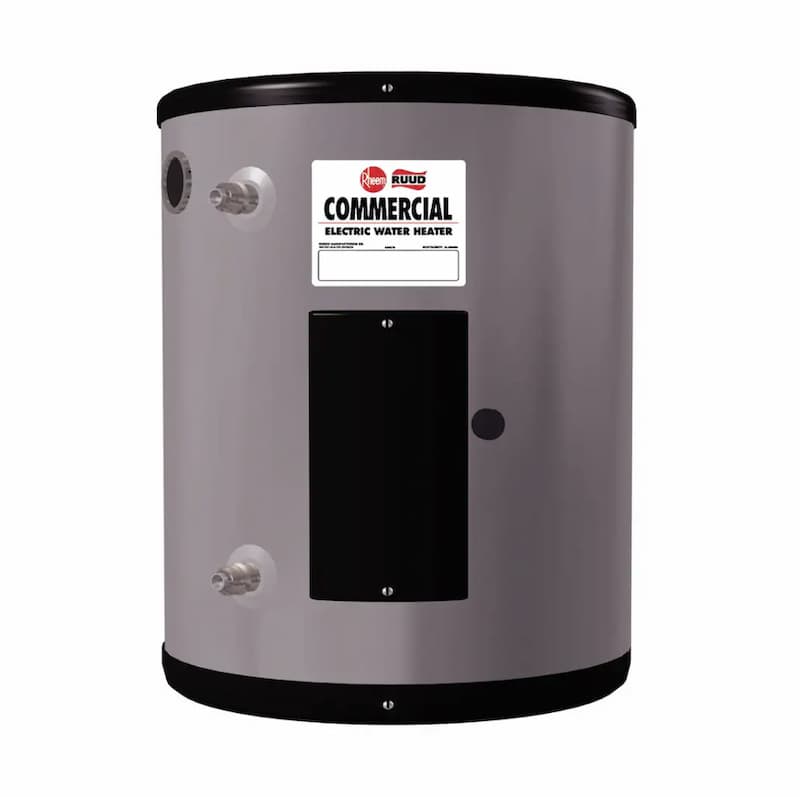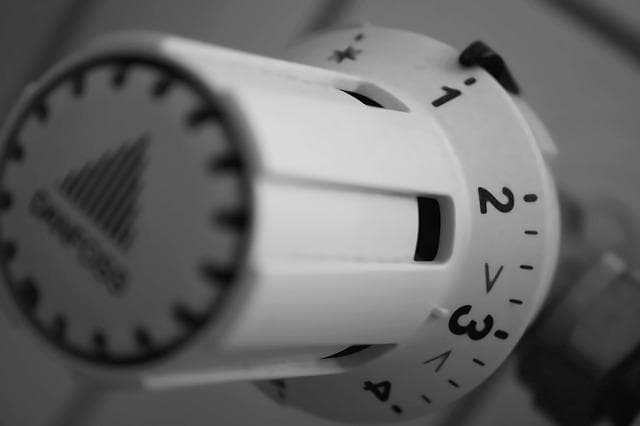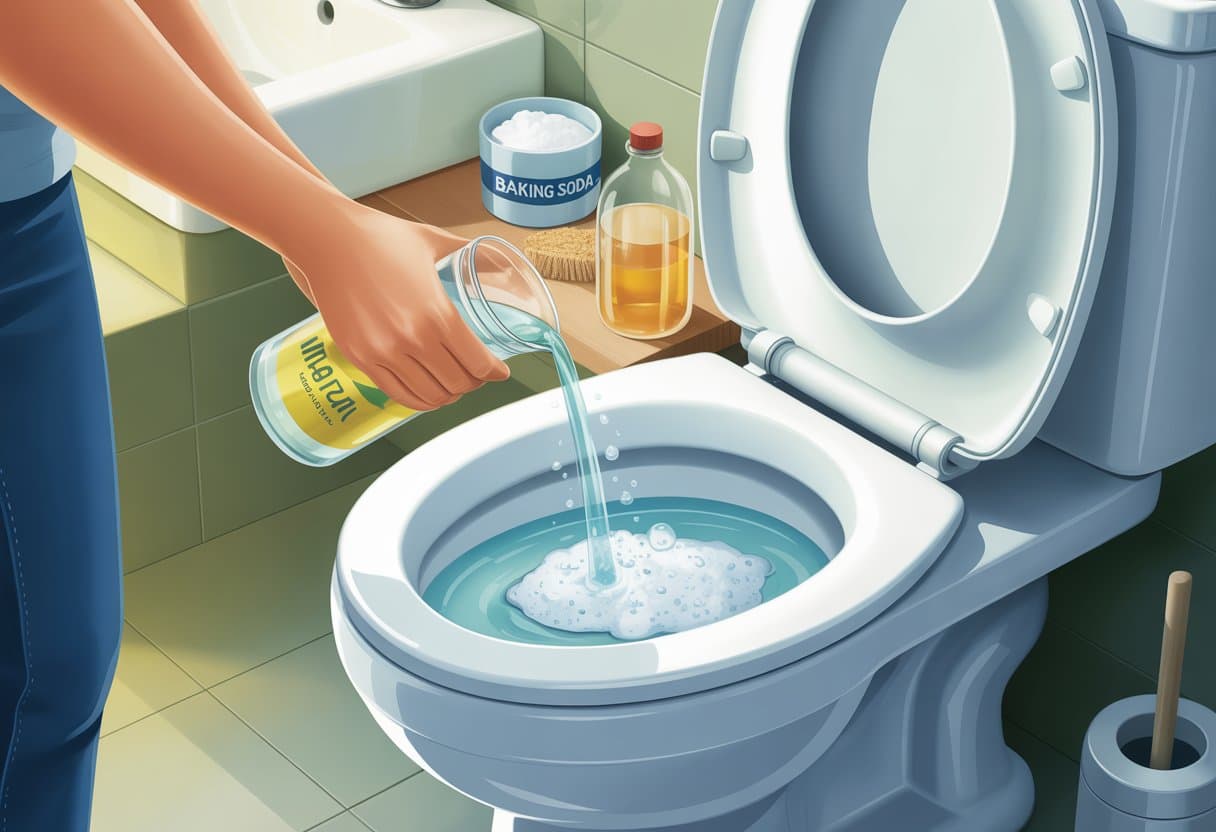So you just got yourself a shiny new tankless water heater. Good choice! But now you’re probably staring at the control panel thinking, “What the heck temperature should I set this thing to?”
I get it. These units work differently than the old tank water heaters most of us grew up with, and honestly, the manual probably didn’t make things much clearer. The optimal temperature setting affects everything from your energy bills to your family’s safety in the shower and kitchen.
Let me cut through the confusion right now:
The Consumer Product Safety Commission recommends the best temperature of 120 degrees for both tank and tankless water heaters.
That’s it. Simple answer to your question.
But stick around, there’s actually more to this than you might think, and getting the wrong heater temperature could cost you money (or worse, send someone to the emergency room). The flow rate, unit size, and your specific plumbing setup all play into finding that ideal water temperature sweet spot.

The difference between a tank and tankless water heaters
Here’s the deal with tankless water heaters: they don’t store water anywhere. Instead, they heat water as it flows through the system at whatever flow rate your plumbing allows. Think of it like a really fast water warmer that kicks into gear the moment you turn on a faucet in the bathroom or kitchen.
This means you’ll never run out of hot water again, regardless of whether you’re running the dishwasher, washing machine, or multiple showers simultaneously. No more family arguments about who used up all the hot water, been there, dealt with that drama. The unit maintains consistent water temp no matter how high the demand gets.
Traditional tank water heaters? They’re basically giant thermoses sitting in your basement or utility closet, keeping 40-80 gallons of water hot all day long, whether you need it or not. Gas or electric, they’re constantly cycling on and off to maintain temperature.
Last month, I helped a client in Edmonds who was tired of cold showers every morning because their teenage kids were beating them to the bathroom. We installed a properly sized tankless heater with the right flow capacity, and now everyone gets optimal hot water temperature. Problem solved.

Which heater is more efficient?
This one’s not even close, tankless water heaters win hands down when it comes to energy efficiency and maintenance costs.
Here’s what I’ve seen in the field: tankless water heaters convert about 82 cents of every energy dollar directly into hot water. Traditional tank water heaters? Only about 60 cents per dollar actually heats your water. The rest gets wasted keeping that big tank warm all day, whether it’s gas or electric powered.
We had a customer in Lynnwood whose energy bill dropped by nearly $30 per month after switching to a tankless heater. That adds up fast over the years, and with proper maintenance, these units can last 20+ years.
Your tankless water heater only fires up when you’re actually using hot water. Nobody home for 8 hours? It sits there quietly, not burning a penny of energy. The flow control system ensures you only heat water when there’s actual demand from your plumbing fixtures.
What’s the ideal tankless water heater temperature?
Back to that optimal water temperature of 120 degrees. And yes, this applies to both tankless water heaters and traditional tank water heaters, regardless of size or flow rate capacity.
Why 120 degrees specifically? Safety first, especially in the bathroom and kitchen where hot water accidents happen most.
Water temperature at 140 degrees can cause second or third-degree burns in just two seconds. Two seconds! That’s especially dangerous if you have kids or elderly family members around who might not react quickly enough.
Here’s something that might surprise you: many water heaters come from the factory set at 140 degrees. Always check your heater temperature setting when you get a new unit installed. The control panel might look complicated, but getting this right is crucial for your plumbing system’s safety.
Are 130 degrees too hot for any water heater?
Look, I get it, some people love really hot water for their shower or bathroom needs. If that’s you, 130 degrees is about as high as you should set your tankless water heater. Anything higher and you’re literally throwing energy and money down the drain while risking burns.
But there are exceptions in certain plumbing situations. If someone in your household has respiratory issues or a compromised immune system, you might want to bump the water temperature up to 130-140 degrees. The higher temperature helps kill bacteria that could cause problems, though this requires careful flow control and maintenance.
Same goes if you have an older dishwasher in the kitchen without a pre-heat function, it might need that extra heat to clean properly. Some commercial-size units and high-gpm systems can handle these higher temperatures more safely.
What’s the minimum shower temperature?
Skin specialists recommend shower temperatures between 98-101°F (with 104°F being the absolute max). That’s actually cooler than most people realize when they step into the bathroom each morning.
Now, you might think, “Hey, I’ll just set my tankless water heater to 110 degrees and save money!” Not so fast.
Sure, you can save 3-5% on your energy bill for every 10 degrees you lower the water heater temperature. But drop below 120 degrees and you’re creating a perfect breeding ground for bacteria in your plumbing system. The flow rate and water temp combination at lower temperatures can’t kill harmful microorganisms effectively. Not worth the savings, especially when proper maintenance and an optimal unit size can give you better energy efficiency.
How to increase the water temperature in the shower
Most water heaters have confusing control panels with letters instead of actual temperature readings. Here’s what those mystery settings usually mean for your heater temperature:
- Low (or Warm) = 80-90°
- Hot (or triangle symbol) = 120°
- A = 130°
- B = 140°
- C = 150°
- Very Hot = 160°
(Always double-check your manual, some manufacturers use different systems, especially on electric tankless models.)
Understanding your unit’s control system is crucial for maintaining optimal water flow and temperature throughout your plumbing system.

Tips to set the optimal temperature on your water heater
Before you start twisting control knobs on your water heater, test what water temp you’re actually getting from your plumbing system. Run hot water from a faucet close to your tankless water heater for a few minutes, then catch some in a cup and use a cooking thermometer.
Or grab one of those handheld temperature guns if you’ve got one, just aim it at a steady flow of water. This works particularly well for checking the optimal temperature at different gpm flow rates throughout your system.
I usually recommend this to customers because what you think is the ideal water temperature of 120 degrees might actually be 135 or 110. You won’t know until you measure, especially since your unit size and plumbing layout can affect the actual temperature at different fixtures in the bathroom and kitchen. Regular maintenance and monitoring help ensure consistent performance.
What is considered a safe water temperature for a bath?
Bath lovers, this one’s for you. If you want that hot tub experience in your bathroom, aim for somewhere between 100-104 degrees water temperature. That’s hot enough to feel luxurious but safe enough that you won’t turn into a lobster.
Adults can handle higher water temp for short periods, but don’t make a habit of soaking in super-hot water, your skin won’t thank you. Your tankless water heater should easily maintain this optimal temperature range, and the consistent flow from these units means your bath water stays at the ideal temperature throughout your soak.
Set it and forget it!
Your tankless water heater is probably the most underappreciated appliance in your house. You use it every day for everything from morning showers in the bathroom to washing dishes in the kitchen, but never think about it (until it breaks, of course).
Take a few minutes to check your water temperature setting, adjust if needed based on your plumbing system’s flow rate and your family’s needs, and then let it do its job. Once you’ve got the optimal temperature dialed in, you shouldn’t need to mess with the control settings for years. Just remember to schedule regular maintenance to keep your unit running at peak efficiency.
Getting the best temperature right means you’re not wasting energy heating water hotter than necessary, and you’re keeping your family safe from scalding. Whether it’s a gas or electric tankless model, the right heater temperature setting protects both your wallet and your loved ones.
Having trouble with your water heater or need help setting the right temperature? Give Danika a call. We’re available 24/7 to help homeowners throughout the Seattle area, whether you’re in Everett, Edmonds, Lynnwood, or anywhere else in Snohomish and King Counties.
Trust me, we’ve seen every water heater problem you can imagine, and we’ve got the solutions.
For more info, check out our article on “7 Signs You Need A New Water Heater” to know when it’s time for a replacement.



